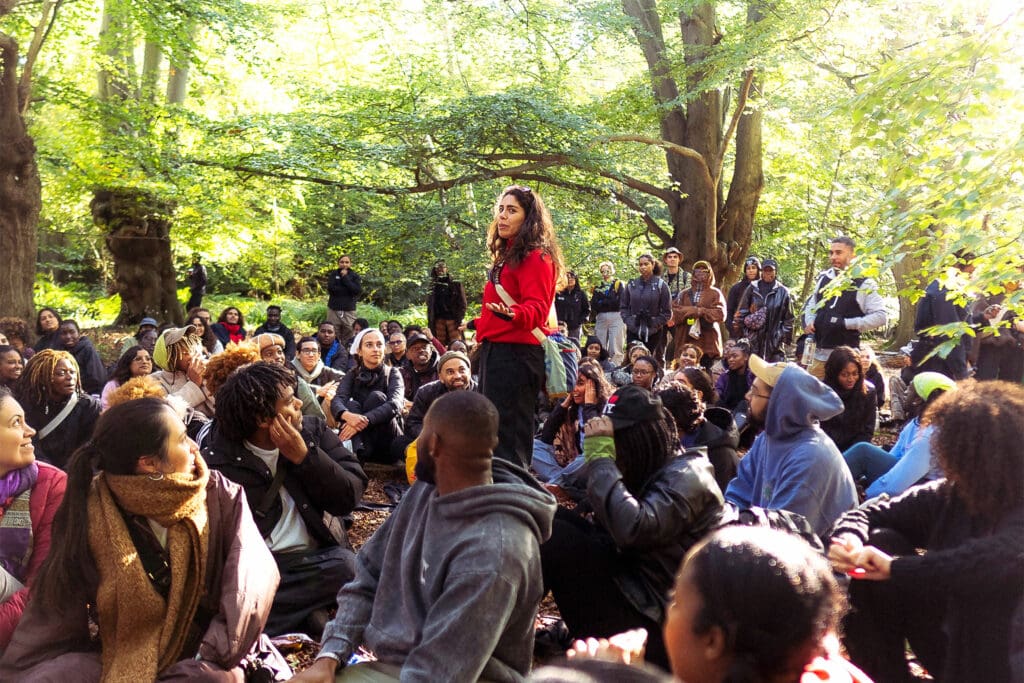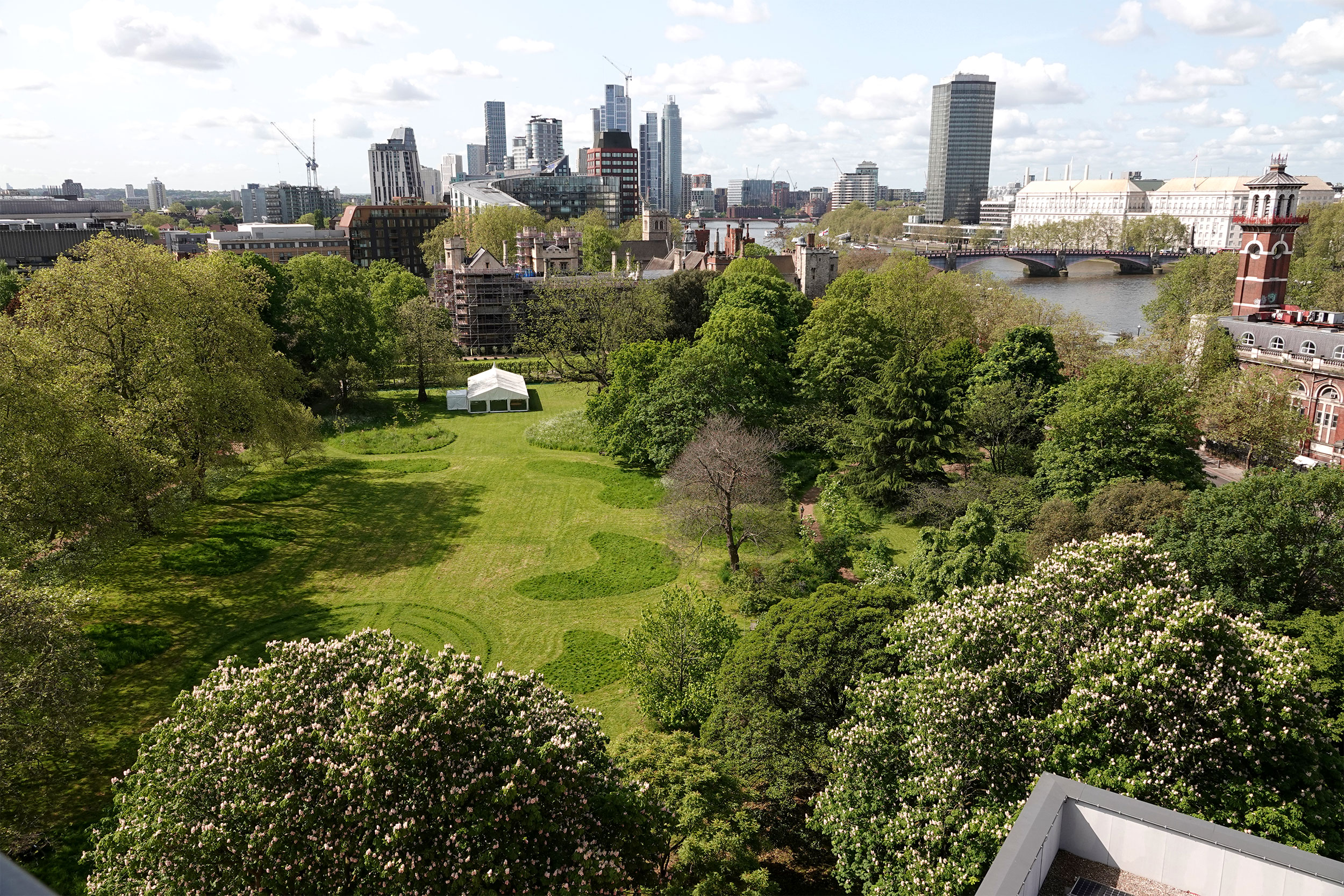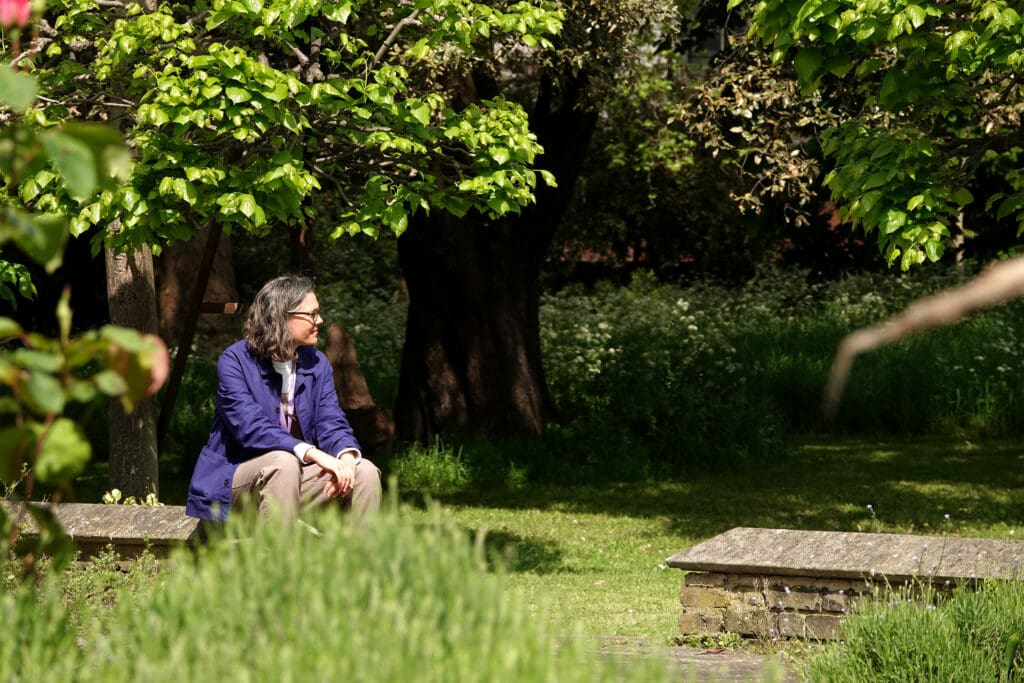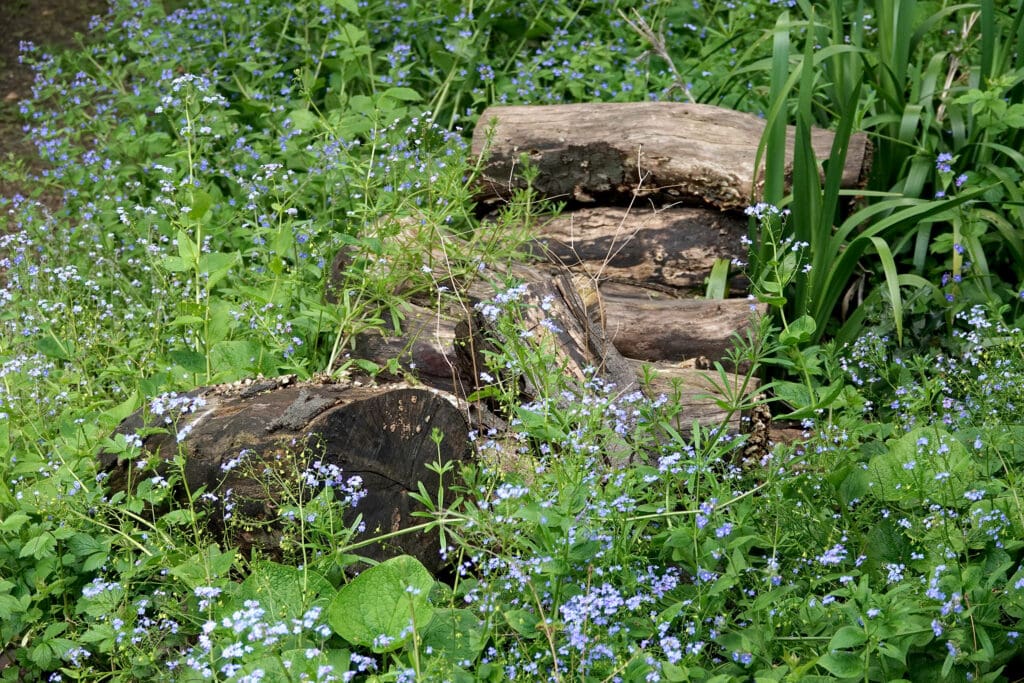Less than 400 metres from the Houses of Parliament – hardly known for its wildlife riches! – is a place that teems with life: the Lambeth Palace garden. Here, the palace graciously allows the RSPB to host walks for MPs to help inspire them about nature.
As well as being a private garden for the Archbishop of Canterbury, his wife Caroline and the palace’s staff and visitors, the garden also has many more equally important roles. “The Archbishop likes it to be used to support worthwhile causes,” explains Lambeth Palace’s Head Gardener Lindsay Schuman.
It is one of the oldest gardens in the UK, first created in 1197, but with a long and varied history – from growing food in the Middle Ages to becoming allotments in the first world war. It was then heavily bombed in the second world war.
Now, it is a haven of tranquillity, all managed organically. At one end of the garden is the palace, at the other the library, and in between, enjoying a sheltered microclimate thanks to the high garden walls, is, in effect, a grand woodland glade.
On the central lawn, mowing is restricted, leaving as much uncut as possible, including a grass labyrinth requested by Archbishop Justin. The main lawn is needed for large events, but there are plenty of edges left. “It is like the biblical principle where you have a generous margin around the edge of a field,” Lindsay says. “We try to be generous in everything we do in the garden.”
The garden isn’t about the pursuit of perfection. It is about spirituality
This generosity extends to the Foxes, which breed in the garden. “We live with them, accept them. We do have to work around some of their impacts, so we mow long grass when they’ve run through it several times, but we raise the mower height and leave the cut area longer.”
Around the outside of the lawn, majestic trees soar and there are extensive beds of flowers. “We try to have as long a flowering season as possible. Snowdrops lead to daffodils, bluebells to Cow Parsley and then into the main summer season.”
On my walks with MPs, we’ve seen Blackcaps, Goldfinches, Jays and Redwings. Smooth Newts thrive in the simple pond in the chapel garden, while the main pond by the library throngs with Common Toads. Moth surveys have turned up four species of hawkmoth – Small Elephant, Pine, Lime and Poplar – with sightings posted on the palace’s internal website to inform and enthuse staff.
Meanwhile, the compost heaps are one of Lindsay’s favourite areas. “Compost is the unsung hero of the garden. When things die, they give to the next generation; it is what I call ‘paying forward’.
“The garden isn’t about the pursuit of perfection,” Lindsay says. “It is about spirituality, and nature is a big part of that. It is hard not to be moved in a garden as it talks to your inner core.”
Lindsay’s top tips for a successful garden
- Grow what works. Plants will tell you what they like and don’t like, so take your cues from the garden. Don’t try to force things.
- If you try to control everything, you are on a hiding to nothing and end up frustrated.
- Have a gentle approach to your planting and a generous approach to your space.
- The best skill you can have in a garden is to look and listen.
- A garden is not about creating a masterpiece; it is about blending with your space, no matter its size.
How to…
Create a flower border for wildlife
- A great way to encourage insects is with herbaceous perennials – flowers whose top growth dies back in autumn but regrows each spring.
- On the right is one of the glorious beds at Lambeth Palace Garden in May, with orange geums, lilac irises, pink foxgloves and Red Campion.
- Most perennials can be grown cheaply from seed, although they may not flower until their second year.
- Choose your plants wisely, selecting those that are right for your garden – some prefer sun, others shade; some like a free-draining soil, others cope with wet clay. Plant each type of flower in groups to ensure insects enjoy the bounty.
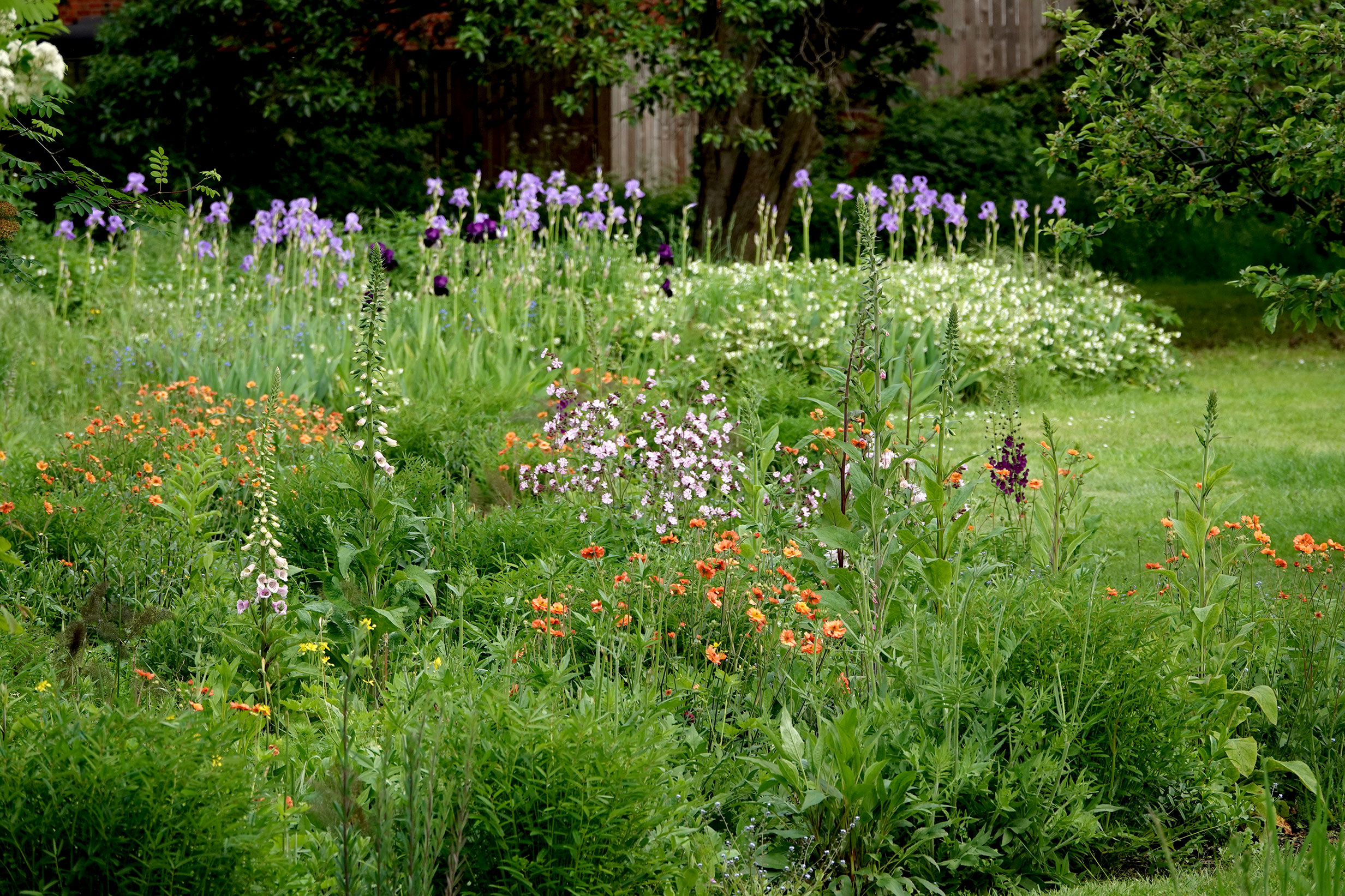
One of Lambeth Palace’s blooming flower beds. Photo: Adrian Thomas
Adrian shares more about gardening for wildlife in this webinar, which took place in January 2024. Video: the RSPB
Activity
No-mow May… June and July!
- At the palace, many grassy areas are allowed to grow unchecked, excellent cover for all sorts of wildlife. Some become a froth of Cow Parsley (right).
- Many people take part in Plantlife’s ‘No-mow May’, but don’t take the title too literally – it’d be a problem for wildlife if every lawn was mown on 1 June!
- Leave areas uncut into late summer if you can.
- Do keep mowing paths through longer areas – Starlings, Blackbirds and other wildlife also need shorter turf.
- If the grass grows so lush that it flops, cut it. Otherwise, you can leave it as late as September. Ideally, cut it over several days with shears.
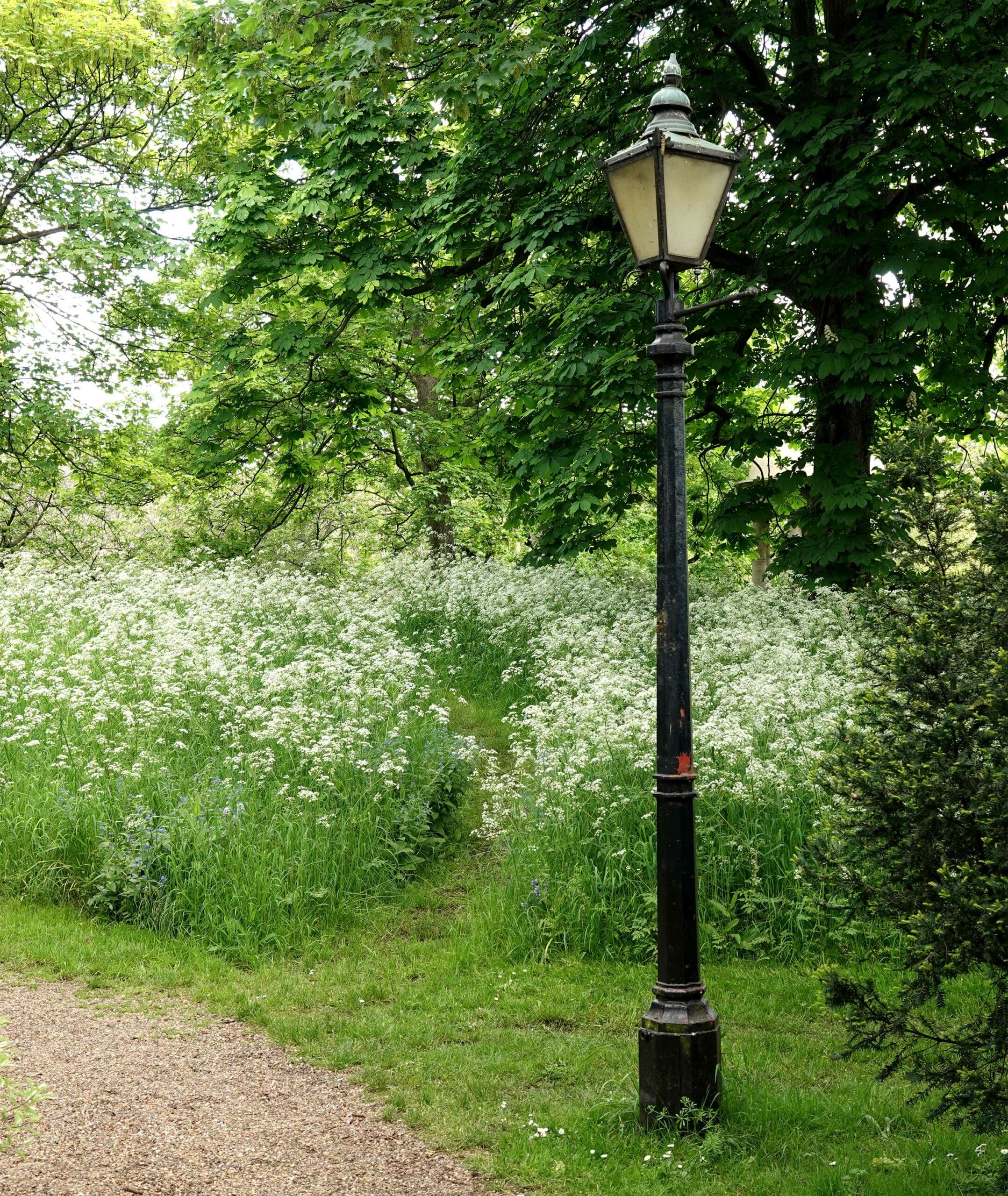
Cow Parsley is an important food source for many insects. Photo: Adrian Thomas
What to grow now
Roses
- Roses – or at least some of them – are among the most underrated garden plants for wildlife as well as for creating a healthy garden ecosytem.
- There are some 30,000 varieties available to gardeners, with many groups to suit different spaces, including shrub roses, climbers and ramblers.
- Most have been bred to have dense whorls of petals, at the expense of pollen production, so slim your choice right down to the single-flowered varieties – those with a single (or at most, double) ring of petals.
- Even the best roses produce little or no nectar – it is the copious crop of pollen that bees, butterflies and hoverflies come for from these single varieties.
- Look too for roses that produce hips, offering food for birds throughout autumn and winter. These include Simple Yellow and This Morning.
- Several native species can be planted in amongst a native hedge, such as Dog Rose and Sweet Briar.
- Most roses need pruning. As a rule of thumb for most varieties, do it in late winter, cutting out dead and damaged stems, and then taking last-year’s growth back by about a third.
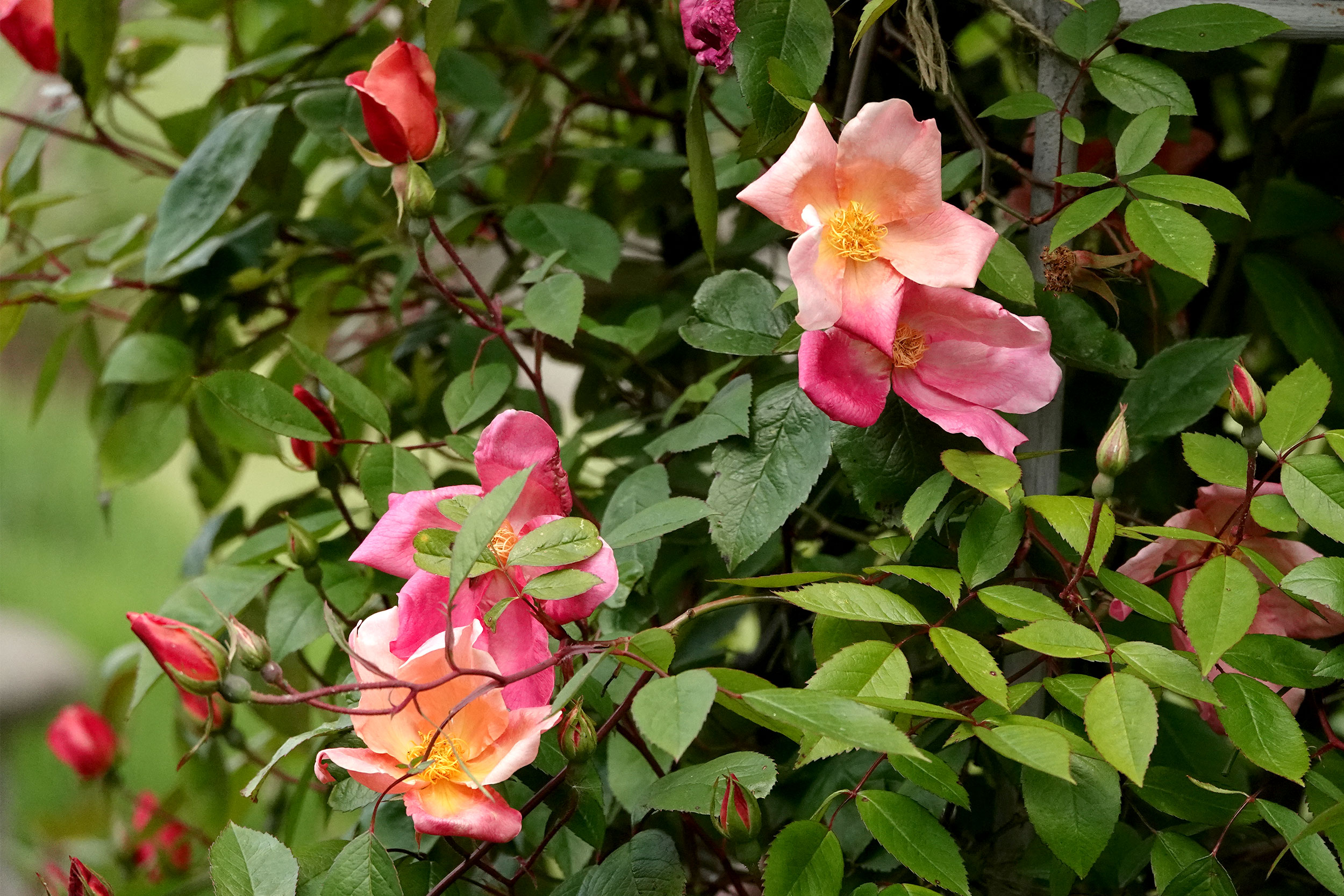
Single-flowered roses are best for pollinators. Photo: Adrian Thomas
Buy RSPB-endorsed and wildlife-friendly roses
Roses have long been a garden favourite in the UK. If you want to grow a wildlife-friendly variety to help save nature, we’ve got just the thing! Harkness Roses, the oldest UK rose breeder and grower, has been developing a range of roses to have open flowers with protruding stamens – perfect for wildlife.
The plants are grown in peat-free compost; are supplied in recycled plastic pots; and have been tested for seven years without any pesticides to ensure that they remain disease-free in gardens.
There are nine roses in the RSPB ‘Power to Pollinators’ collection. There are bare-rooted and potted options and a selection of pink, white and orange roses and an array of types including bush and climbing varieties.
For each rose sold, a £2.50 donation will be made to the RSPB to help fund our ongoing conservation efforts.
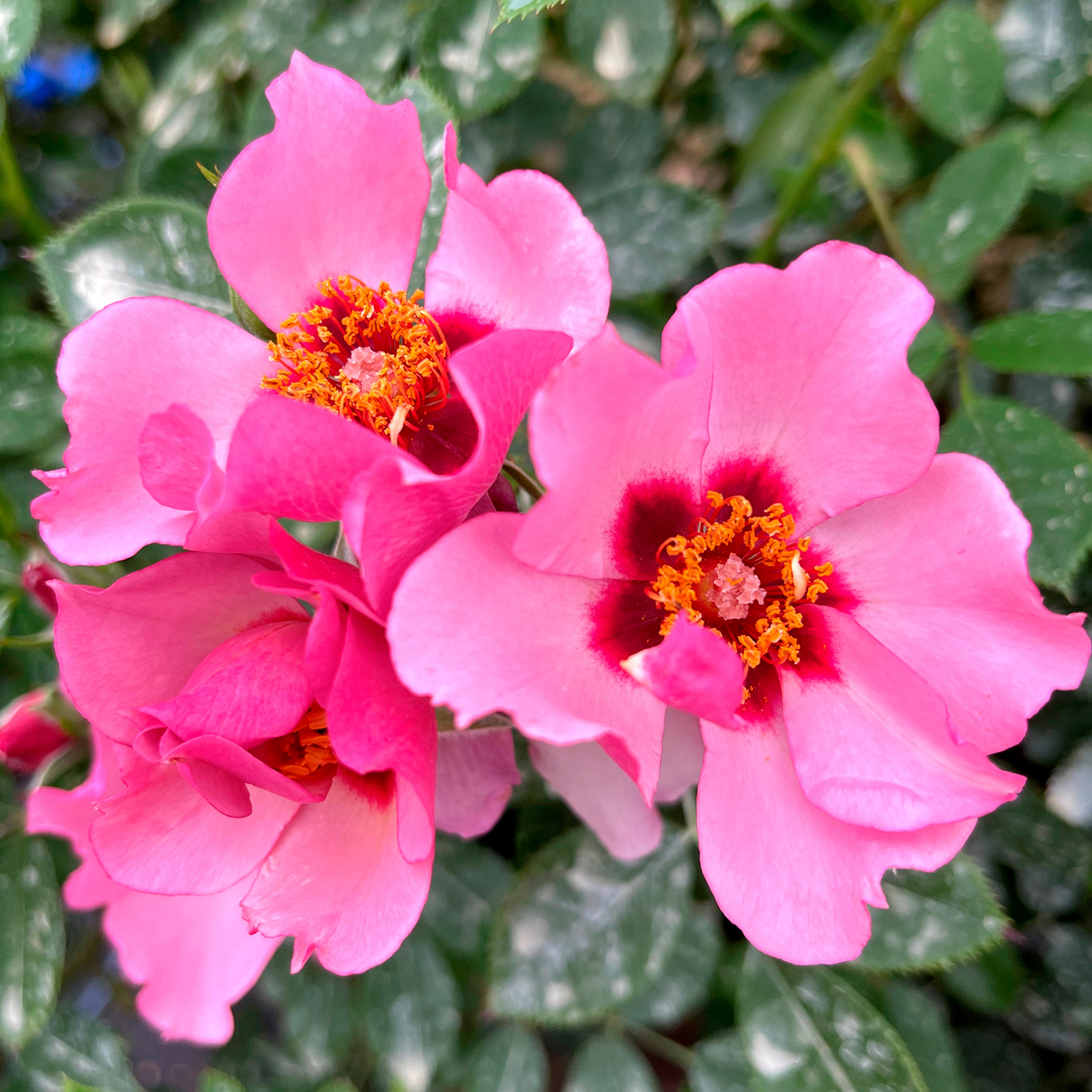
This Morning rose. Photo: Adrian Thomas

Nature on Your Doorstep
Have you done something for nature in your garden or outdoor space (big, small or tiny) that you are proud of? Has something exciting visited or moved in as a result? Have you got any questions about what to do to have even more impact? Send us your garden stories and questions to RSPBmagazine@rspb.org.uk
And remember to check out our Nature on Your Doorstep webpages for advice and inspiration, and why not join our community and Facebook group, sharing ideas with people across the country?
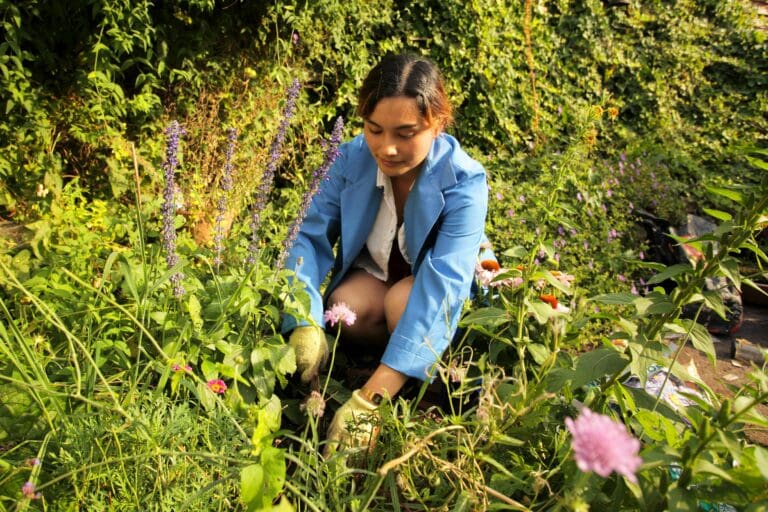
Woman gardening. Photo: Rob Carmier (rspb-images.com)
You might also like
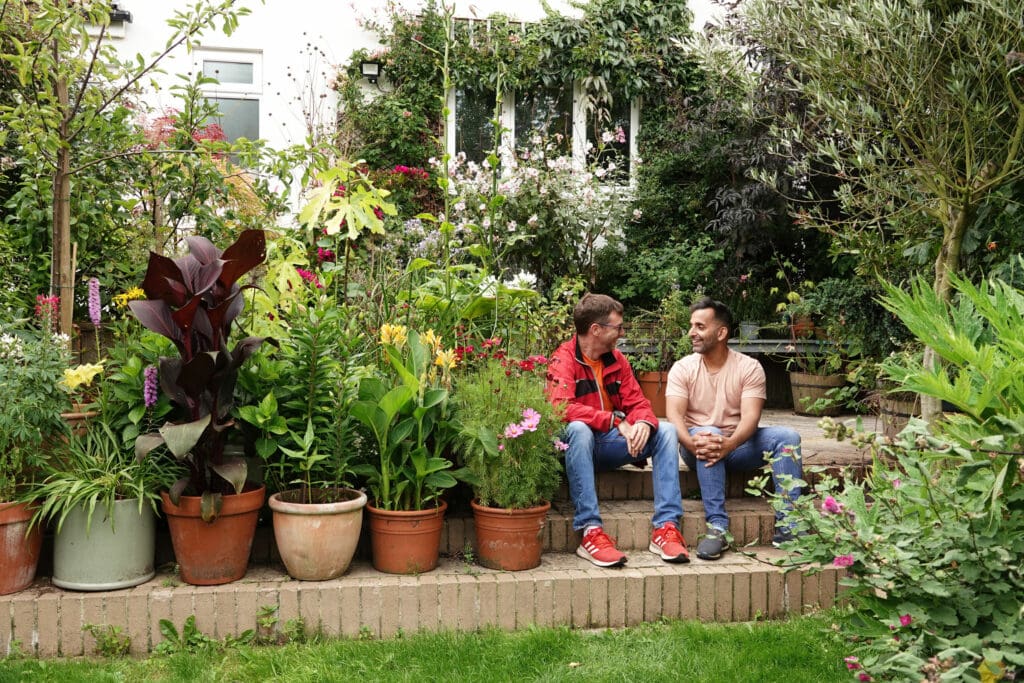
Nature’s therapy
